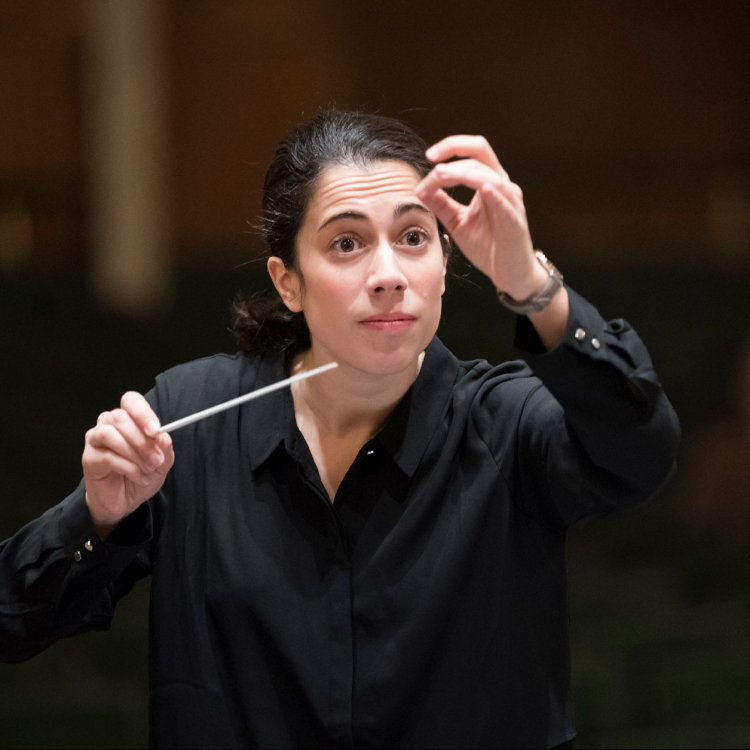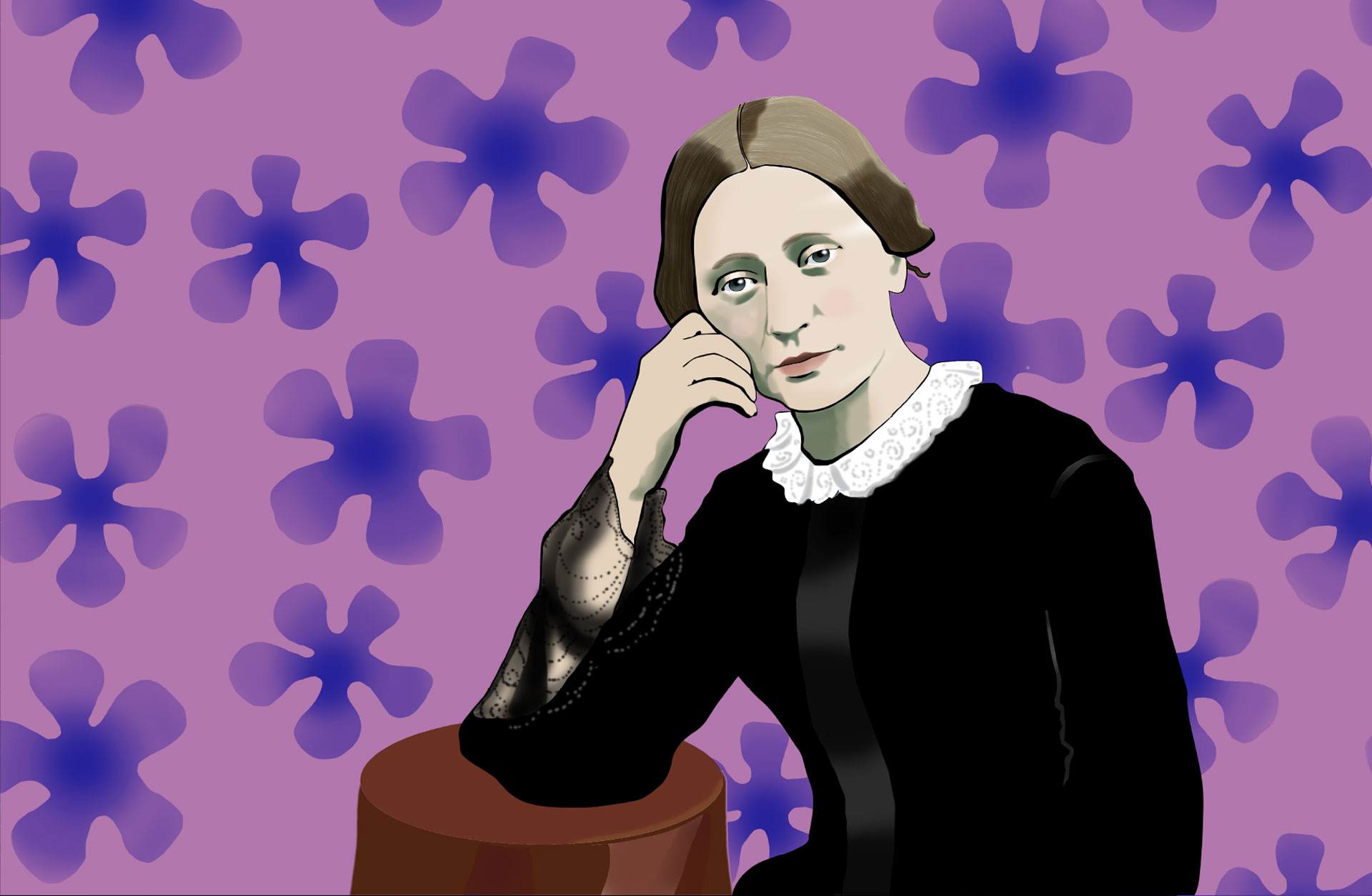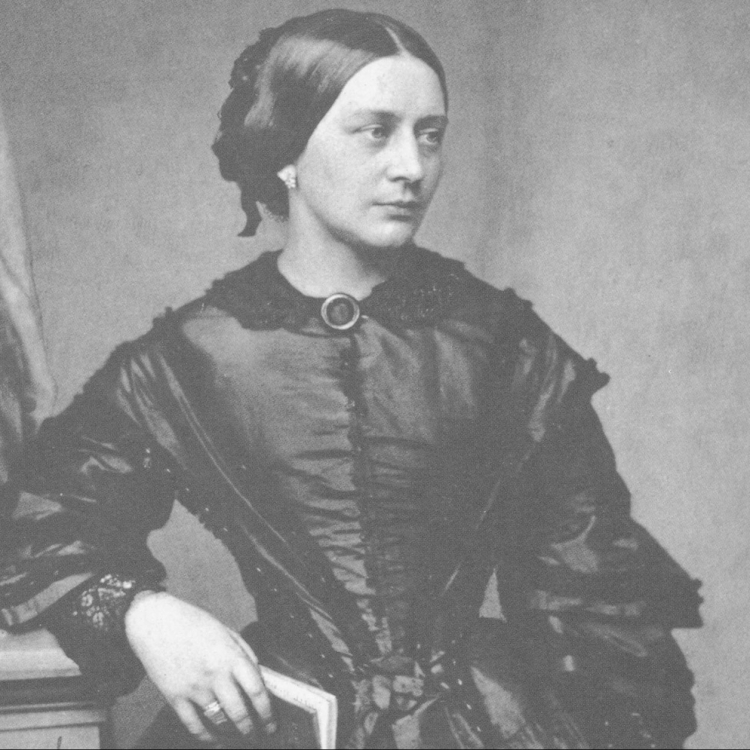Clara Schumann’s life as an artist is in many ways unparalleled. She was something so unusual in the 19th century as a famous musician who handled both children and family, while managing her and her husband’s careers. Her work as a composer resulted in colorful compositions that came to influence many others. She was a musical prodigy and pianist, called by Edvard Grieg “one of the most soulful of our time”. Nevertheless, it is her role in one of the most famous triangle dramas in music history that made her known to many.
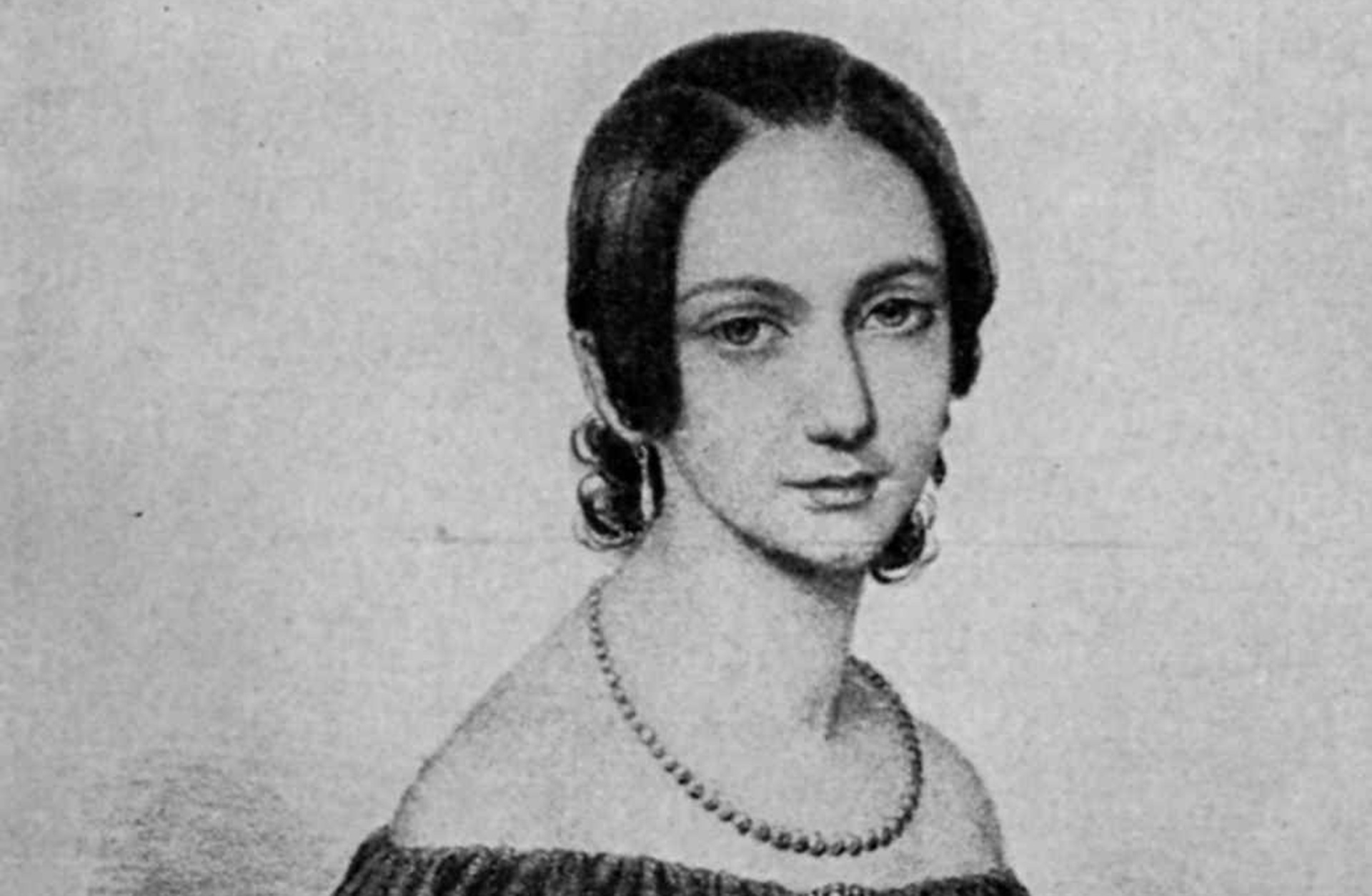
Clara Schumann was born Clara Wieck in Leipzig in 1819 and received piano lessons from her pushy father. She was sent out on a solo tour already at the age of 11 and immediately became a household name. She played the music by heart, which was not so common before. When she later became the composer Robert Schumann’s wife, he was asked “Are you also a musician, like your wife?”
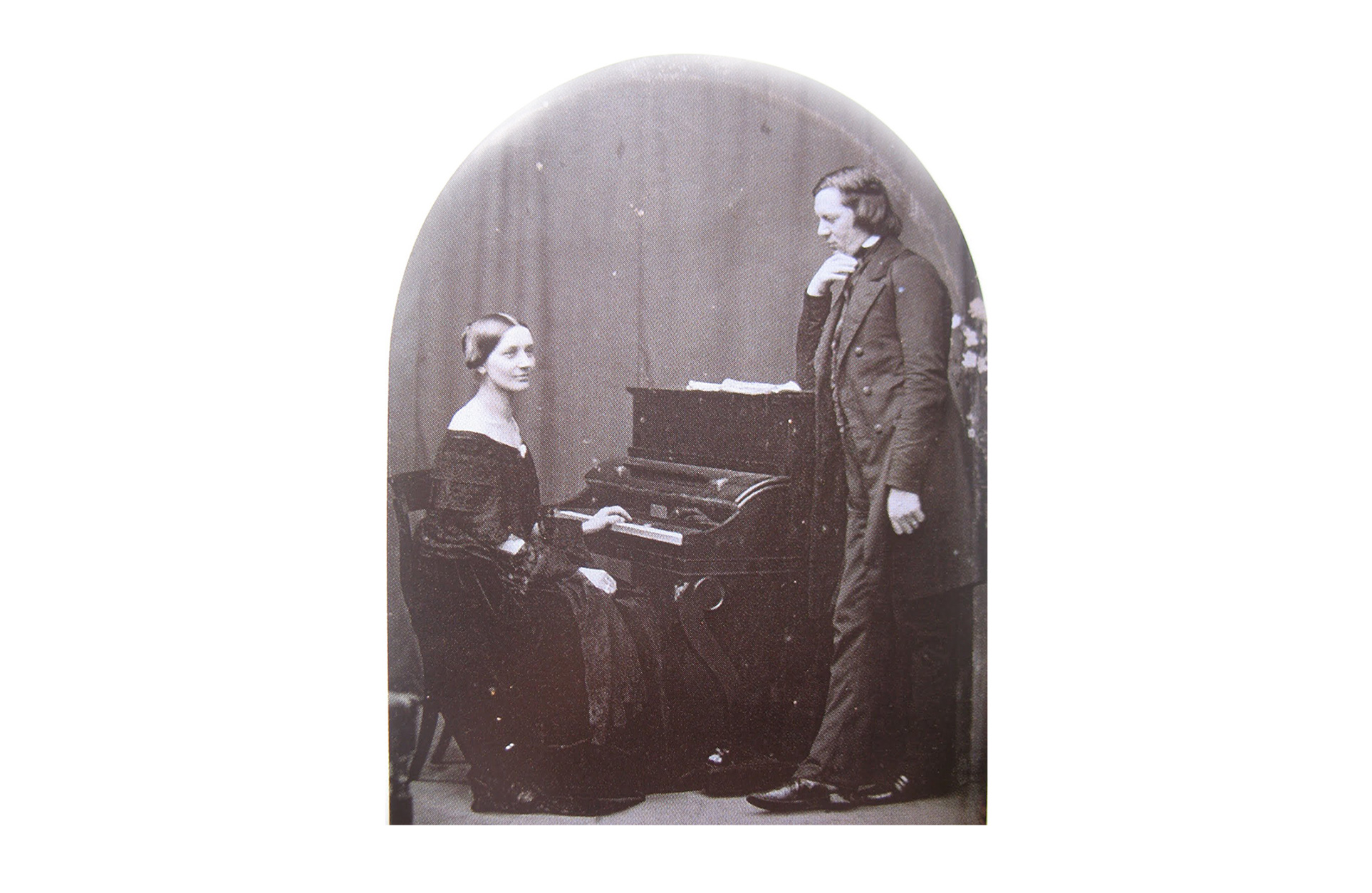
Clara and Robert Schumann around 1850.
Clara Schumann premiered many of her husband Robert’s works. In their homes in Leizpig, and later Düsseldorf, they received guests and held music salons. The Schumanns admired Frederic Chopin and several of Clara’s own works bear traces of his music. What could Schumann’s life possibly have been other than a fairy tale?
We know that reality was something completely different from a fairy tale. Robert Schumann suffered from severe mental illness. Clara Schumann was the sole breadwinner of the family for long periods. When Robert was hospitalized at the age of 44, she was left alone with seven children, the youngest of whom was barely two years old. She gave up her composing. Robert died two years later.
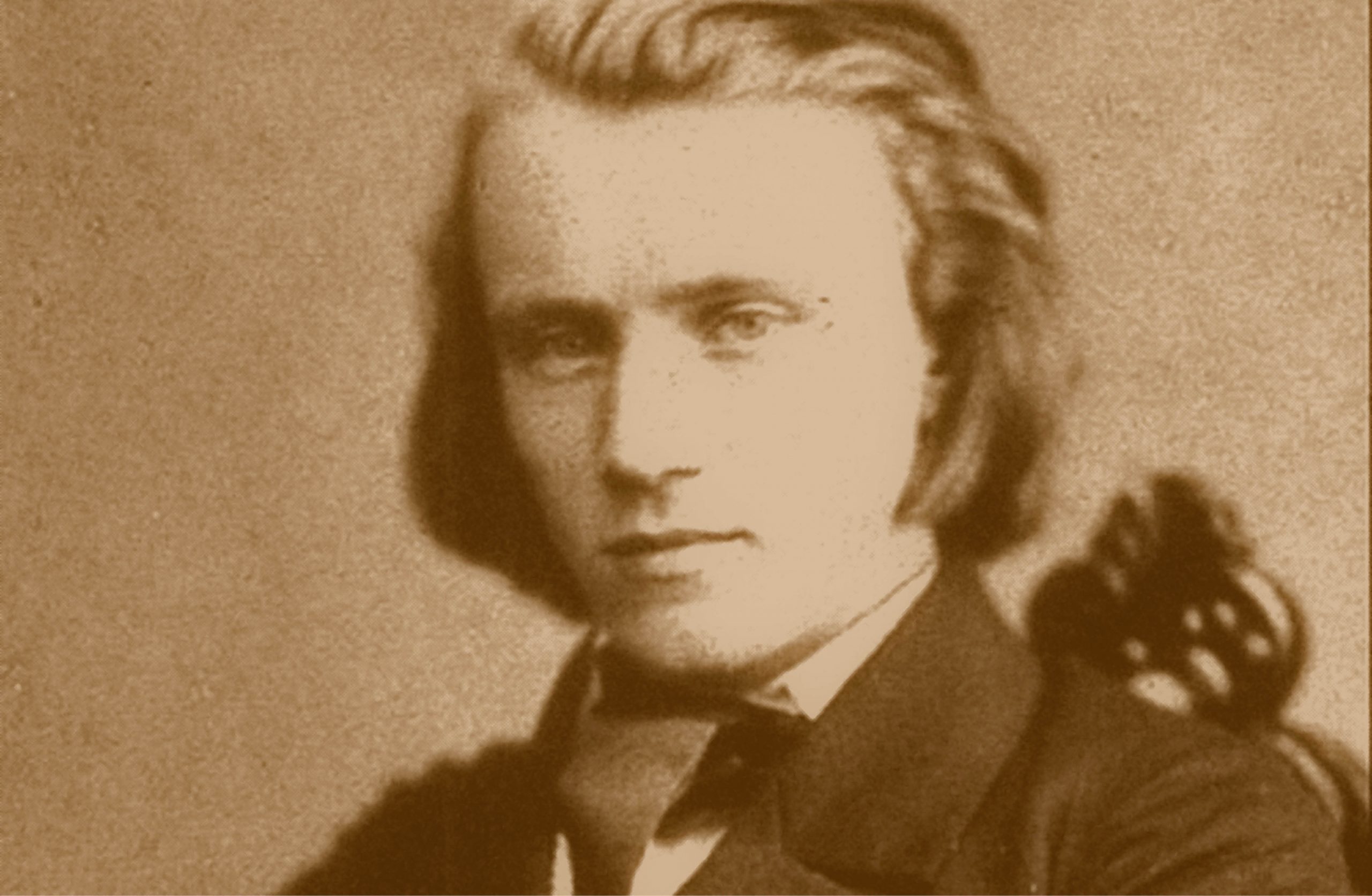
Composer Johannes Brahms and Clara remained close friends for life. “I can’t think of anything but you… What have you done to me?” he writes in one of his letters.
Very likely, Clara Schumann found strength in the cosmopolitan and artistic circle that surrounded her and her husband. They participated in festivals and received students. Clara took on the violinist Joseph Joachim when he was just a teenager, and remained his concert partner for many years. It was Joachim who introduced a young German composer to the Schumann couple. The composer was only 20 years old at the time, but Clara and Robert saw a talent that was “God-given”. His name was Johannes Brahms.
Films have been made, books written and letters published that bear witness to the unfailing love that developed between Johannes Brahms and Clara. She premiered many of his works and he dedicated the music to her. But Clara Schumann stayed by her husband’s side until his death. When he was gone, she took up her piano career and never remarried. Johannes Brahms, in turn, never found a woman who could measure up to Clara and died unmarried.
A good start to getting to know Clara Schumann’s output is the piano concerto op. No. 7 with its now familiar opening allegro maestoso. She completed the piano concerto when she was just 16, and it became her only major orchestral work. The concert has been recorded on disc by, among others, Isata Kanneh-Mason, who also performed it with the Gothenburg Symphony in 2022. Another masterpiece is the piano trio op 17, and the three romances for violin and piano, op 22, are also popular.

British pianist Isata Kanneh-Mason has made Clara Schumann’s piano concerto her own.
Clara Schumann survived her husband by 50 years and died in 1896. By that time, as an employee of the conservatory in Frankfurt, she had taught Germany’s first female students in composition. In Leipzig, you can visit the home of the Schumanns and see their music salon and memories from several of Clara’s tours abroad.
Listen
The playlist is loaded with immortal favorites by Clara Schumann. Which of them will be your favorite?
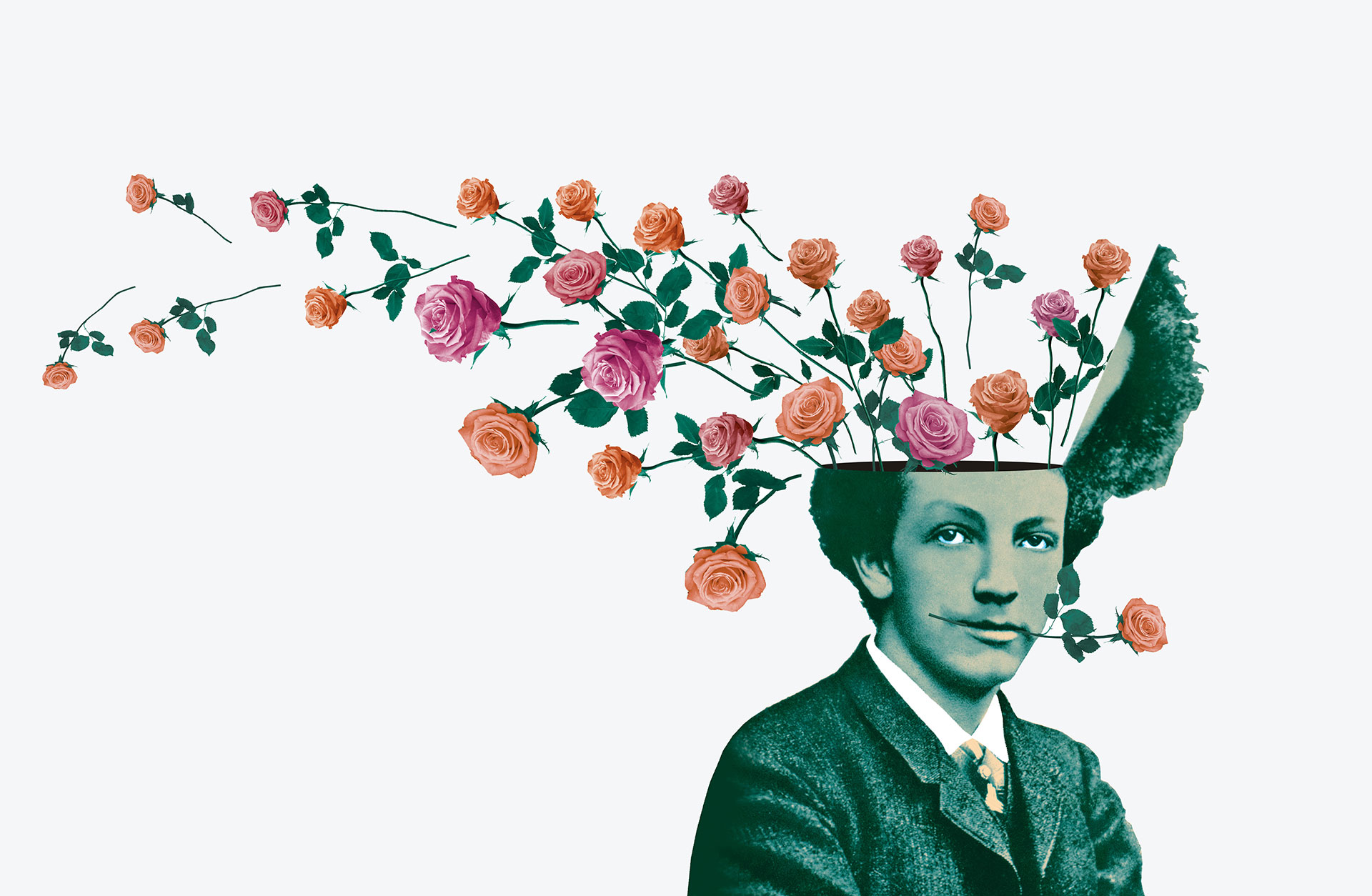
The composers behind the most famous masterpieces
Take the opportunity to get to know some of the composers behind the most famous classical masterpieces and listen to their music. Maybe it will be the start of a lifelong friendship.
